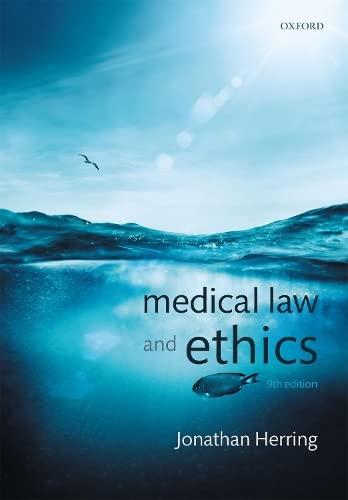


Actually this one not for my teacher work this one for myself I am not submit this one for my teacher, Research argument essay and the topic is The NASA Twins Study. Use the google but write in own words, here's pictures for the rubric:
Page 2 of 3 argument in your introduction as a specific position you hold. Support that argument with details from your peer-reviewed journal articles, academically-oriented books and other sources. Use examples, discussion, statistics, other facts or claims in a logical way to convince your reader of your thesis. 1) Prewriting: This can be a combination of phrases and ideas, bulleted or numbered outline, a paragraph, a set of questions, or another form of roadmap/plan that shows that you're on your way to making a distinct, clear, well-supported argument. 2) Rough draft, mink es-Your draft may be less certain and developed than the final draft but presents your thesis and details for support. Don't worry about grammatical perfection or polish on this draft. You do not need to commit to everything you sketch out here: once you begin work on the final draft, you may well change your focus, organization and developed ideas as you revise. Have your -Tor Volunteers these-. - mounts as We will refer to the rubric to examine focus and genre, development, organization, transitions. In the final stages of the draft we will look at grammar and mechanics. 3) Grammar and mechanics will be addressed once you feel that your draft is fully developed and organized, ready in terms of composition practices. It is controlover .- that VGWhat Makes It Good? You need to offer a convincing, well supported argument on your specific, focused argument. You make yourself an expert on the topic by reading many sources. Present your claims in your discourse and summarize, paraphrase and quote from your sources to support your claims. Major claims should be supported with research. You can explain and discuss but prove the validity of your claims with your research. Writing Process: Write a formal and traditional academic essay in which you introduce a central claim or "argument in your introduction as a specific position you hold. Support that argument with details from your peer-reviewed journal articles, academically-friented books and other sources. Use examples, discussion, statistics, other facts or claims in a logical way to convince your reader of your thesis. 1) Prewriting: This can be a combination of phrases and ideas, bulleted or numbered outline, a paragraph, a set of questions, or another form of roadmap/plan that shows that you're on your way to making a distinct, clear, well-supported argument. 2) Rough draft, minimum Your draft may be less certain and developed than the final draft but presents your thesis and details for support. Don't worry about grammatical perfection or polish on this draft. You do not need to commit to everything you sketch out here: once you begin work on the final draft, you may well change your focus, organization and developed ideas as you revise.What Makes It Good? You need to offer a convincing, well supported argument on your specific, focused argument. You make yourself an expert on the topic by reading many sources. Present your claims In your discourse and summarize, paraphrase and quote from your sources to support your claims. Major claims should be supported with research. You can explain and discuss but prove the validity of your claims with your research. Writing Process: Write a formal and traditional academic essay In which you introduce a central claim or ' argument in your introduction as a specific position you hold. Support that argument with details from your peer-reviewed journal articles, academicallyc :rlented books and other sources. Use examples, discussion, statistics, other facts or claims in a logical way to convince your reader of your thesis. 1) Prewriting: This can be a combination of phrases and ideas, bulleted or numbered outline, a paragraph, a set of questions, or another form of roadmap/plan that shows that you're on your way to making a distinct, clear, well-supported argument. 2) Rough draft, Helm-Your draft may be less certain and developed than ' the final draft but presents your thesis and details for support. Don't worry about grammatical perfection or polish on this draft. You do not need to commit to everything you sketch out here: once you begin work on the final draft, you may well change your focus, organization and developed ideas as you revise. . ~13": 4) Final draft, m Drives: Your final draft should be your best attempt at all of the components on the rubric. It might very well look very different from your first draft, and that is ok. That is encouraged, in fact













